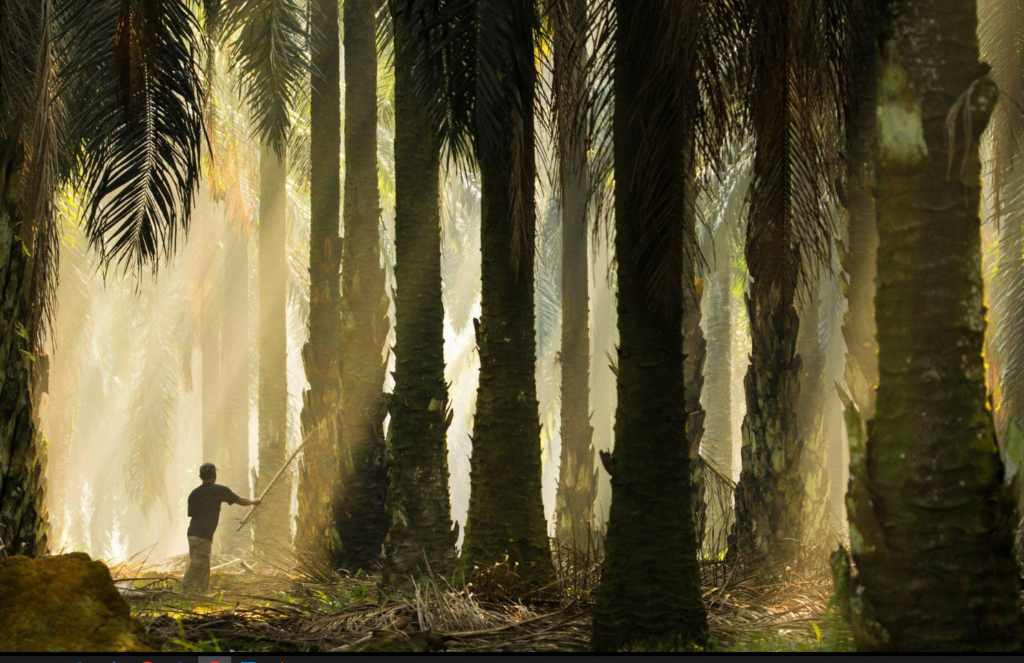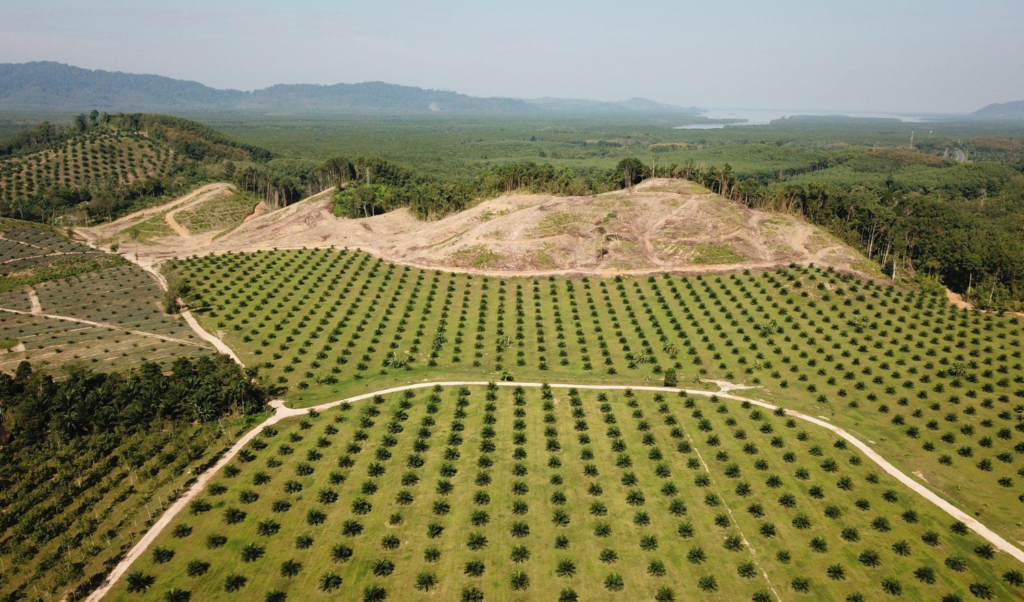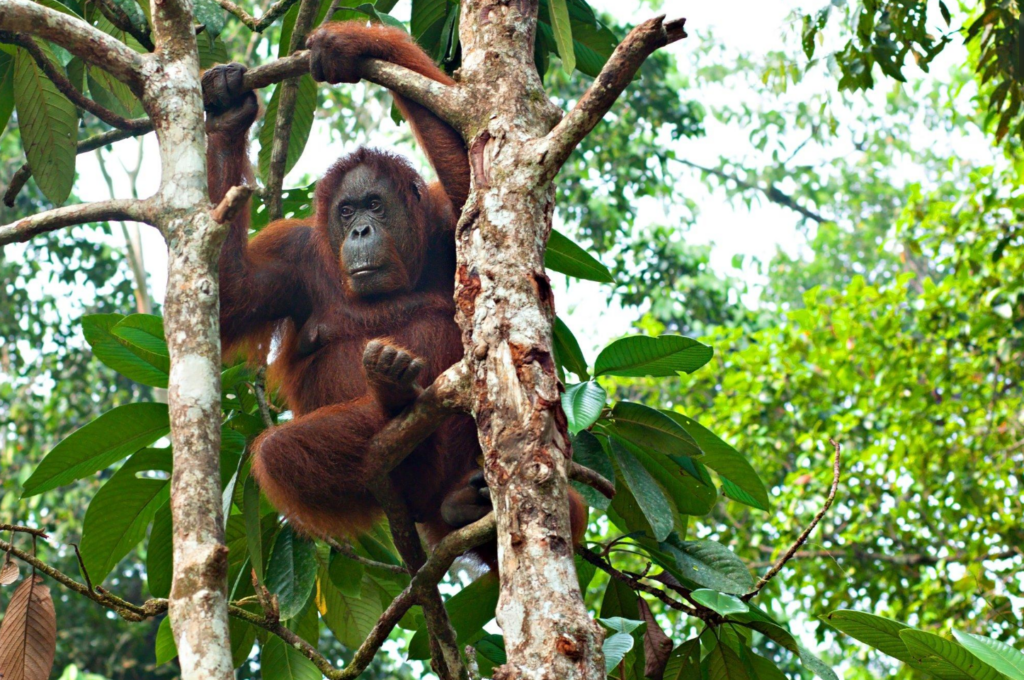The forests are the areas where biodiversity thrives. The biodiversity is not the same in all the forests of the world. The rainforests cover only 2% of the world and yet these forests are the home for half of the animals and plants that live on Earth. We probably know the exact number of stars in our galaxy yet we do not know the number of species that live on our planet.
During the last century, the human population was about two billion, now the number has reached 10 billion. The mass of the human population tops the mass of all animals and birds by seven times. More people means more food. The animal produce that we grow tops the mass of the animals that live in the wild by ten times. More food means more people.

Every year five million hectares of rainforests disappear. The food grown to sustain a community requires land that even a rainforest cannot escape giving up. The world loses nearly five million hectares of rainforest every year – a land mass the size of Belarus. Two-thirds of this is cleared for agricultural expansion, mainly for cattle grazing and palm oil plantations.
While the destruction of the rainforest results in the loss of habitat for an unknown number of living creatures, and the severing of life-relationships that are unknown and mysterious to us, another risky consequence has become a major concern for humanity.
Rainforests sequester a significant fraction of carbon dioxide from the atmosphere and store nearly a third of the carbon in terrestrial ecosystems. Climate change has emerged as a key issue for environmental protection. On the one hand, it is a critical problem that needs to be solved, and on the other, it draws attention away from more immediate and local concerns.
Global problems appear as something intangible and independent of the individual, to be tackled by distant global institutions.
Quantitative knowledge, for example of concentrations of chemical compounds, does not bring the average person, caught up in the currents of everyday life, any closer to understanding the scale and severity of the ecological crisis.
Understanding comes more effectively through direct experience. Changes in the environment around us are noticed by all who pay attention. Our own senses are the best sensors, giving us clues about biodiversity and its impoverishment.
Birdsong is getting quieter.
Who experiences sadness and despair at the sight of a vast swath of deforestation because the forest has lost its ability to sequester carbon and thus mitigate climate change? The heart of the onlooker still aches above all for the orangutan clinging to the last tree left standing. The last tree standing and the orangutan are just the tip of the iceberg.
If you focus, you will notice how, over time, the spring flocks of birds fade, the mid-summer lines of hummingbirds thin, or the windscreen of your car gets cleaner and cleaner from long journeys. These are not distant problems – the Estonian Ornithological Society estimates that 60,000 pairs of birds a year are disappearing from Estonia’s forests, and many studies in Europe have revealed a decline in insect biomass of nearly 40% over the past four decades.
Tallinn Zoo’s Southeast Asian Rainforest exhibition will feature a greater emphasis on technological multimedia solutions than the zoo’s current exhibits. As a complement to the living plants and animals, they will help to fulfill one of the objectives of the new visitor area – to highlight the rainforest’s biodiversity.
In order to discover the mysterious world of fungi, plants and most animals, we should be able to orient ourselves in a chemical-sensory space. Thus, as beings with a rather narrow audiovisual perception of the world, we are incapable of perceiving biodiversity in its full spectrum. The exhibition relies on the interaction between image and sound.
The theme of the environmental crisis has been deliberately avoided in the exhibition hall, which is a habitat for animals. Yet it cannot be overlooked or avoided in the exhibition on Indonesia and Malaysia, a region that is heavily exploited to meet the needs of humanity. The visitor comes to it as he moves on from the rainforest hall, albeit in a somewhat unexpected and hidden form.
Once inside, visitors can embark on a day-trip through the Borneo rainforest without feeling the footsteps. In the animated rainforest, various animals go about their daily activities. Who is snuffling on the ground, who is sipping nectar or climbing along the tree trunks towards the heights… The animals change rhythm with the passage of the night. Each part of the day is accompanied by forest calls from the island of Borneo. In a matter of minutes, you can experience soundscapes ranging from the gentle morning song of birds to the noisy insect chorus of the afternoon, and from the intense wail of dusk to the meditative rainfall of midday.
At the heart of the space, which draws attention to the ecological crisis, is the rainforest in all its goodness. At the other end of the room, an oil palm plantation ‘stretches’ in its monotony. It is precisely the perception of contrast that conceals the nature education moment.
Rainforest sacrifices itself to fight climate change.
Palm oil is the world’s most widely used vegetable oil, with 85% of its production coming from Indonesia and Malaysia. Palm oil is a product with a wide range of uses: it is most commonly used in food, but also in cosmetics, cleaning products, industrial products and biofuels.

At the same time, compared to other oil plants (e.g. rapeseed, sunflower or olive), oil palm is very productive, i.e. less land is needed to obtain a higher yield. However, there is a downside to growing a miracle crop.
The establishment of plantations leads to the loss of natural vegetation and a large part of the wildlife. To date, nearly half of the original vegetation that covered Southeast Asia has been lost, and every year another one percent of Indonesian and Malaysian forests are lost. Without natural vegetation cover, the thin layer of soil remains unprotected and unable to absorb and retain rainwater. This triggers a vicious cycle of floods, soil erosion, droughts and other extreme weather events.
Putting climate change at the front end of the conservation trolley is understandable, but it obscures the ecological crisis. Ironically, much of the destruction of rainforest and other habitats is taking place in the name of fighting climate change. Tree plantations under the banner of green energy, including oil palm cultivation for biofuel production, are the most extreme form of the unintended consequences of carbon-based policies.
When ecosystems are degraded, they lose their ability to maintain stable conditions and thus to adapt to a changing climate. So perhaps climate change is a symptom of a much wider crisis? Perhaps the greatest threat to life is not fossil fuel emissions, but the loss of forests, soils, wetlands and marine ecosystems? A living planet is a resilient planet, able to respond to change.
Author: Leif-August Kirs






